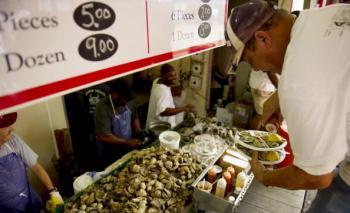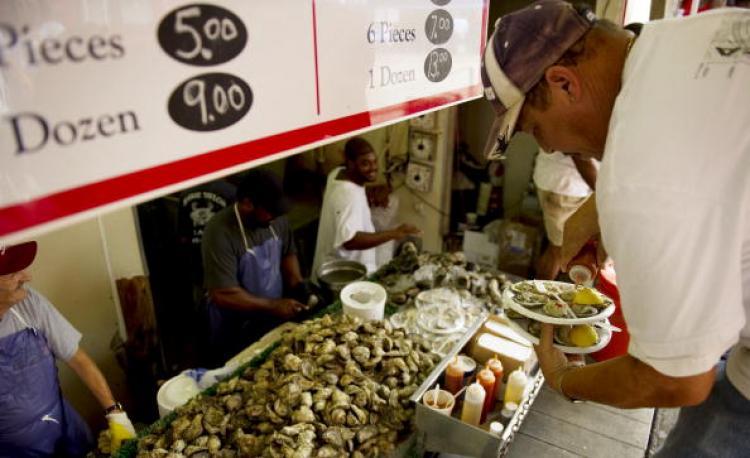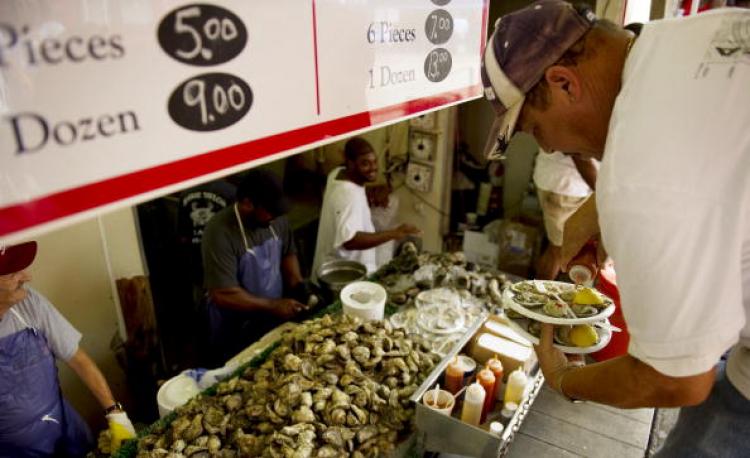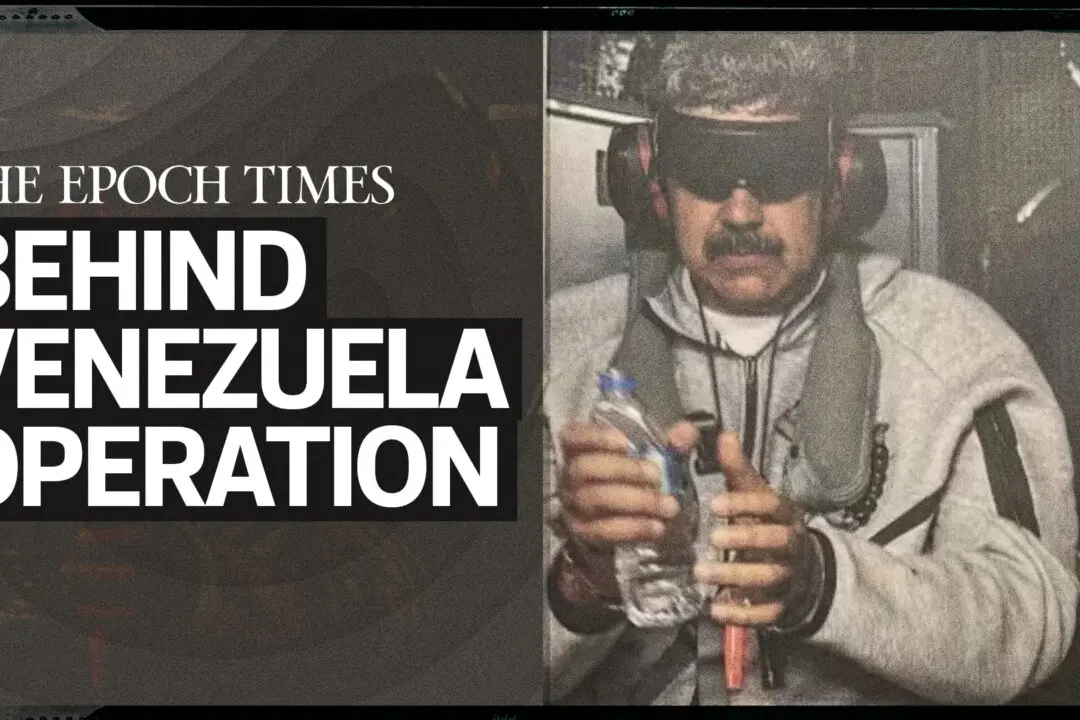Gulf Shellfish and Soil Contaminated From BP Oil Spill, Researchers Find (Video)
The oil couldn’t be seen or smelled, but lab tests on oysters and soil showed contaminant levels through the roof.

A man eats oysters on the half shell at the Washington Seafood Market. Researchers found large quantities of contaminants in shellfish and soil in the Gulf of Mexico. Jim Watson/AFP/Getty Images
|Updated:
Joshua Philipp is senior investigative reporter and host of “Crossroads” at The Epoch Times. As an award-winning journalist and documentary filmmaker, his works include “The Real Story of January 6” (2022), “The Final War: The 100 Year Plot to Defeat America” (2022), and “Tracking Down the Origin of Wuhan Coronavirus” (2020).
Author’s Selected Articles






